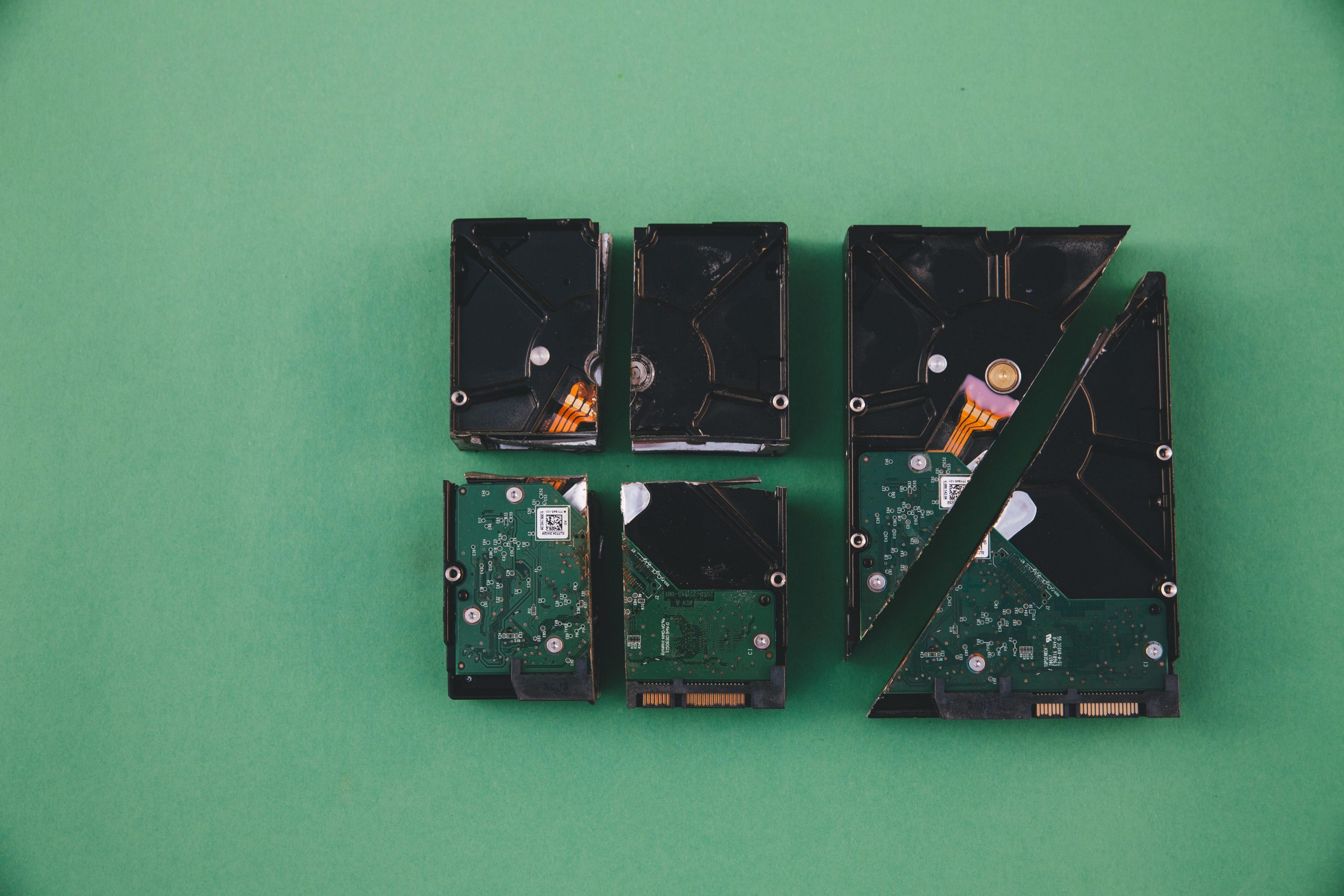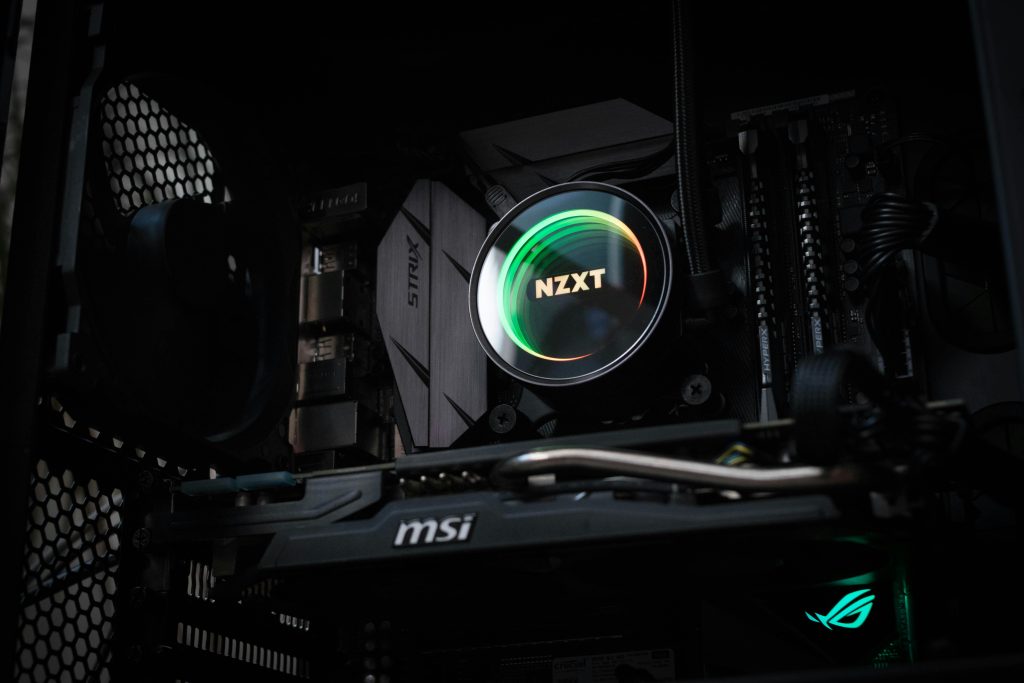Troubleshooting Unexpected Disk Space Usage After Uninstalling Riot Client on Windows 10
Many Windows 10 users rely on their SSDs for fast performance and ample storage. However, encountering storage discrepancies can be frustrating, especially when uninstallation processes don’t free up space as expected. Recently, some users have reported that removing large applications like the Riot Client does not always result in the anticipated increase in free disk space. If you’re facing a similar issue, this guide offers insights into possible causes and effective solutions.
The Scenario
A user uninstalled the Riot Client, which historically occupied approximately 47.5 GB of storage. Surprisingly, after deletion, the system’s available disk space remained unchanged. This raises questions about whether the problem stems from the application’s uninstallation process or underlying issues within Windows 10.
Common Causes for Disk Space Not Freed After Uninstallation
-
Residual Files and Data
Many large applications generate accompanying data stored outside the main installation directory. For Riot Client, this can include: -
User-generated files.
- Cache and temporary data.
-
Cloud-synced game files or settings.
-
Leftover System Files
Some uninstallers do not entirely remove all associated files, especially if they are scattered across different directories or hidden folders. -
Windows Update or System Restore Points
Occasionally, system restore points or update files can consume significant storage without directly related to the uninstalled application. -
Hidden or Temporary Files
Temporary files or system caches may not be cleared during standard uninstallation processes.
Diagnosing the Issue
To effectively recover disk space, it’s essential to identify where the storage is being used. Here are recommended steps:
- Use Built-in Disk Cleanup Tool
- Search for “Disk Cleanup” in the Start menu.
-
Run the tool, select your SSD drive, and review the options to delete unnecessary system files, temporary files, system restore points, and more.
-
Check Storage Usage with Windows Settings
- Navigate to Settings > System > Storage.
-
Use this to see a detailed breakdown of what’s consuming space.
-
Explore Residual Files Manually
- Check common directories such as:
C:\Program Files\orC:\Program Files (x86)\C:\Users\<YourUsername>\AppData\Local\- `C:\
Share this content:



